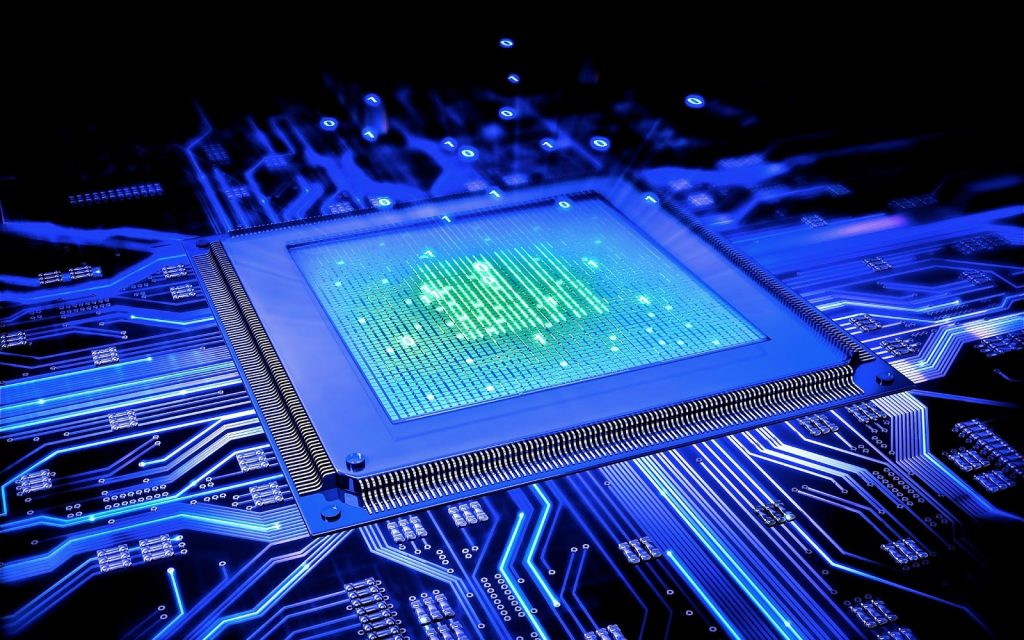Nvidia Unveils Spectrum-X Ethernet Stack for AI Workloads

On Tuesday, Nvidia introduced Spectrum-X, its latest iteration of Ethernet networking technology tailored for data centers handling robust AI workloads. The Spectrum-X combines both hardware and software components, incorporating the Spectrum-4 Ethernet switch (capable of reaching up to 51 terabits per second) and the BlueField-3 DPU, working synergistically to alleviate traffic congestion and potentially eliminate packet loss.
Nvidia claims that this innovative stack provides a 1.6x enhancement over traditional Ethernet for AI applications, addressing the increasing data generated by AI workloads, which can quickly overwhelm data centers.
Nvidia labels its AI-enabled network interfaces as SuperNIC, a dedicated network accelerator designed for AI cloud computing. This technology offers high-speed Ethernet connectivity and efficiency improvements for hyperscale AI workloads.
The Spectrum-X technology will be integrated into servers from leading manufacturers such as Dell, Hewlett Packard Enterprise (HPE), and Lenovo. These servers will also feature Nvidia’s latest H100 Tensor Core GPUs, AI Enterprise, and AI Workbench software.
Dell Chairman and CEO Michael Dell expressed, “Through our collaboration, Dell Technologies and Nvidia are providing customers with the infrastructure and software needed to quickly and securely extract intelligence from their data.”
While Nvidia is primarily recognized for its GPUs, it has expanded its offerings to include network switches. The Spectrum series, initially renowned for accelerating big data workloads, is now evolving to meet the demands of AI-driven applications in data centers.
Antonio Neri, president and CEO of HPE, remarked, “Generative AI will undoubtedly drive innovation across multiple industries. These powerful new applications will require a fundamentally different architecture to support a variety of dynamic workloads.”
The Spectrum-X technology is currently operational in Nvidia’s Israel-1 supercomputer, constructed with Dell servers and Nvidia’s HGX 100 platform. This supercomputer, equipped with GPUs, BlueField-3 DPUs, SuperNICs, and Spectrum-4 switches, serves as a reference model for companies constructing AI-driven high-performance computing clusters.
Addressing Nvidia’s claim of being the world’s first high-performance Ethernet for AI, Broadcom countered that there is nothing unique about Spectrum-X that they do not already possess. Broadcom emphasized their technology’s effective congestion management in a more vendor-agnostic manner, challenging Nvidia’s proprietary software layer.
The demand for advanced AI-ready network infrastructure, exemplified by Nvidia’s Spectrum-X, is fueled by the escalating spending on data center capacity to accommodate AI workloads. In Q2 2023, global spending on cloud infrastructure products rose by 7.9% to $24.6 billion, according to research firm IDC. IDC forecasts that global spending on AI solutions will surpass $500 billion in 2027, with a significant inclination among Asian retail banks to invest in AI.
Despite concerns about export curbs to China affecting Nvidia’s earnings, the company’s stock has reached an all-time high of over $500. This surge is attributed to Nvidia’s well-capitalized position amid continued demand driven by the AI revolution, leading to increased spending on data centers.
Piper Sandler analyst Harsh Kumar noted, “We believe demand from US cloud and other data center clients remains strong and intact given these firms are still in the process of transforming their data centers with accelerated compute capabilities.”
